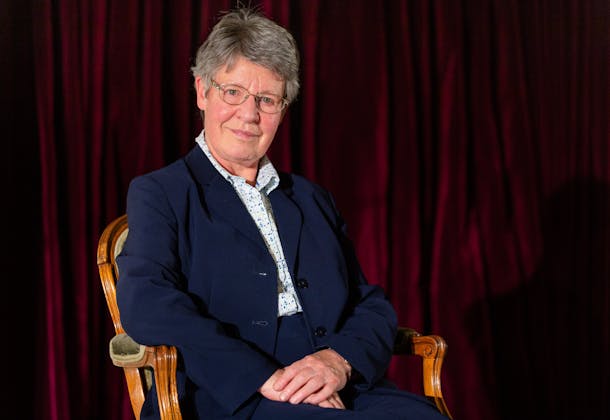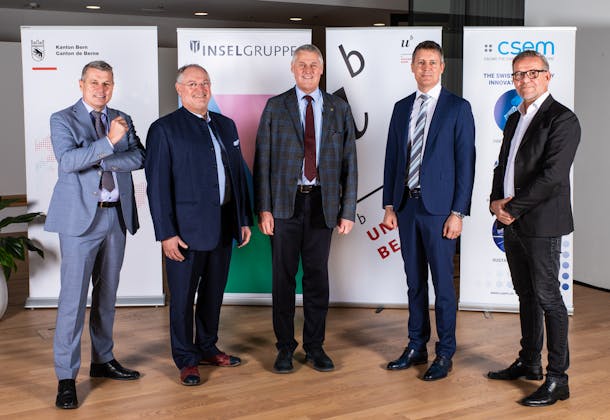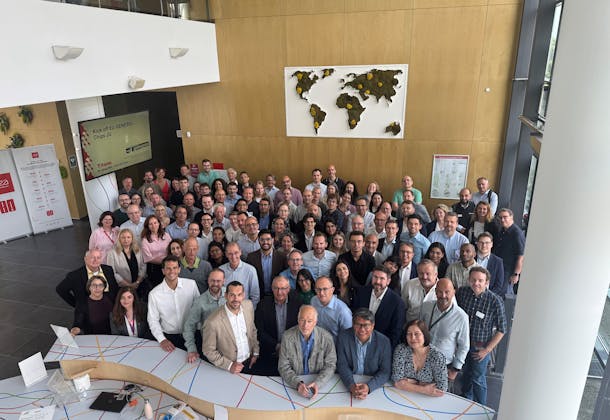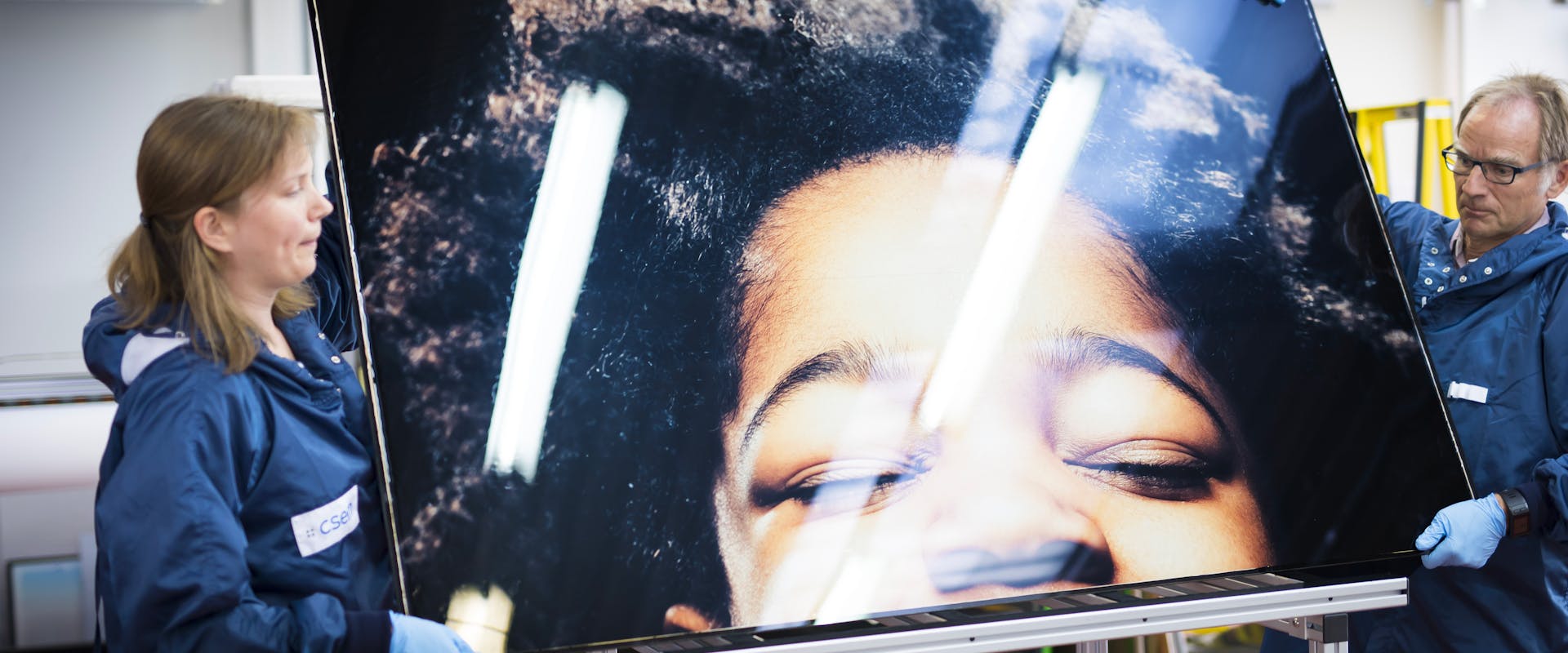Download press release
Related Press

19 November 2021
Dame Jocelyn Bell Burnell
Five prominent speakers will address the issue of diversity in science and engineering at CSEM’s flagship event, Diversity in Science and Tech: Why it Matters?...

6 November 2023
Medtech hub in Bern on the way to great success
10 projects launched and 29 submitted: Since the decision of the Bernese Grand Council, Insel Gruppe, the University of Bern and CSEM have pooled their top-class medical expertise and worked on joint ...

12 June 2025
GENESIS project launches to lead Europe’s transition to sustainable semiconductor manufacturing
CSEM is part of the EU-funded GENESIS project to drive sustainable innovation in semiconductor manufacturing with advanced sensing, green materials, and PFAS-free processes....
